#world of apu
An insightful look from a director with humanitarian views and a passion for character development. 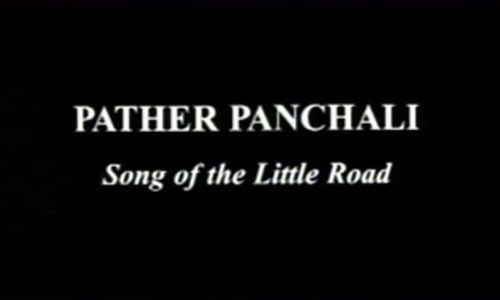
Pather Panchali is about a family living in a rural village which serves as the ancestral home of the patriarch of the story, who goes by the name Hari; he lives there with his wife Sarbojaya and their two kids Durga (daughter) and Apu (son). Hari is a religious scholar with a penchant for playwriting and poetry; however, he is hard pressed to find honest work for decent wages, so he is forced to do odd jobs here and there to support his family — often causing him to leave the homestead for months on end. Most of Pather Panchali covers about a 5-month window in which Hari embarks on a job and we as the audience get to see the general hardships the family must endure, especially his wife, Sarbojaya until Hari returns.
This was Satayjit Ray’s first induction as a filmmaker. A true passion project, if I have ever seen one.
Ray focuses a lot of time developing the characters’ emotions as well as tendencies so that we as an audience begin to learn of their intentions and feelings without them ever having to voice why and what they are doing. He captures daily life in rural India with careful detail not rushing any sequences, this way the audience can grow to be involved with the family and eventually care for all their trials and tribulations.
It is a true testament to a caste system based society, as such the characters are rooted very specifically in their “roles,” as women tend to the children and household chores and the old become forgotten an neglected. This allows the to audience enjoy all their small victories and empathsize with their losses as no feat is too small or insignificant in terms of the relative aspects of living in a society that’s often times looked at as taking one step forward and two steps back.
The film captures “life,” from child birth to adolescence and then death, the representation of the circle of life also serves as a metaphor for modernization in that some of the older traditions the characters retain actually hold them back from progressing, but are hard pressed to fight it as it eventually will happen and will force them to adapt, because it absolutely needs to happen — especially in a severly impoverished nation that doesn’t allow for equal opportunities.
I read that this film’s production had gone way over Ray’s already miniscule budget as well as being met with severe delays. What was supposed to be 3 years took 5, but in essence it added quality to the film because we get to see the children actually ‘grow.’ It must have also forced the director to be a lot more selective in terms of location scouting as some of the scenery, although shot in black and white, are very rich in detail.
I am very grateful for having the opportunity to see this movie and believe it is a testament to its quality of Ray’s filmmmaking that I was able to sit through all 2hrs of it even though it was a black and white film from 1955 that I streamed off of DailyMotion and the quality was in 240p afixed to a 4:3 ratio.


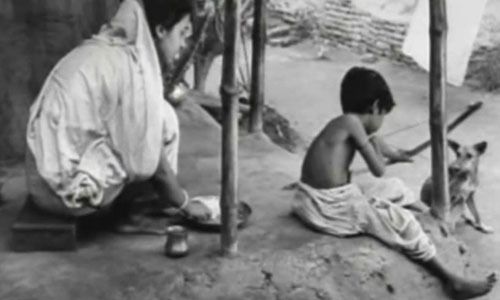
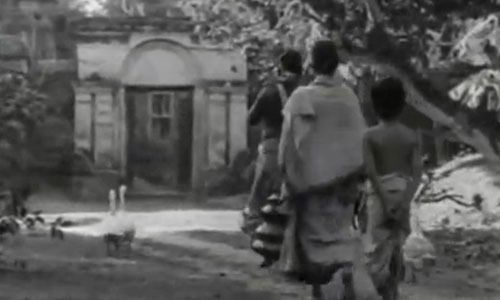
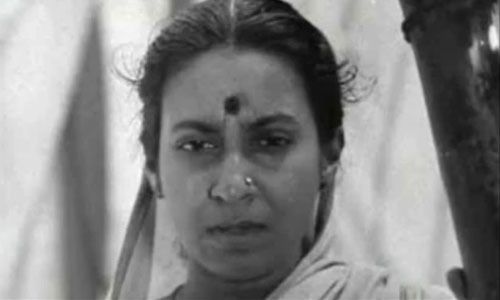
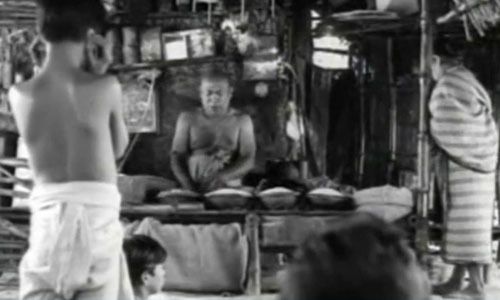
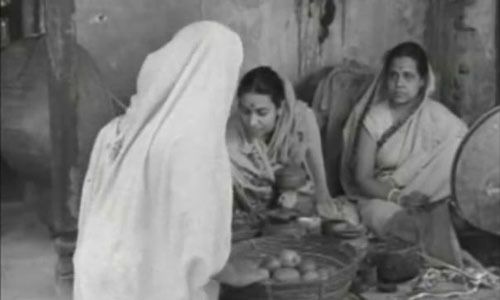
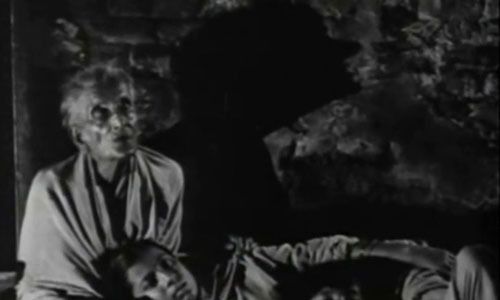
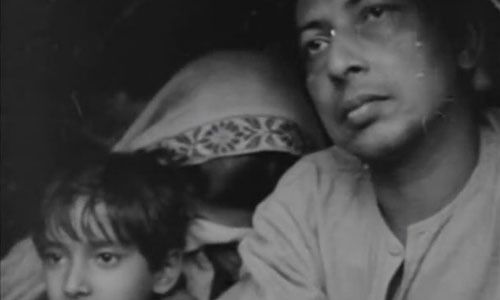
4/4
